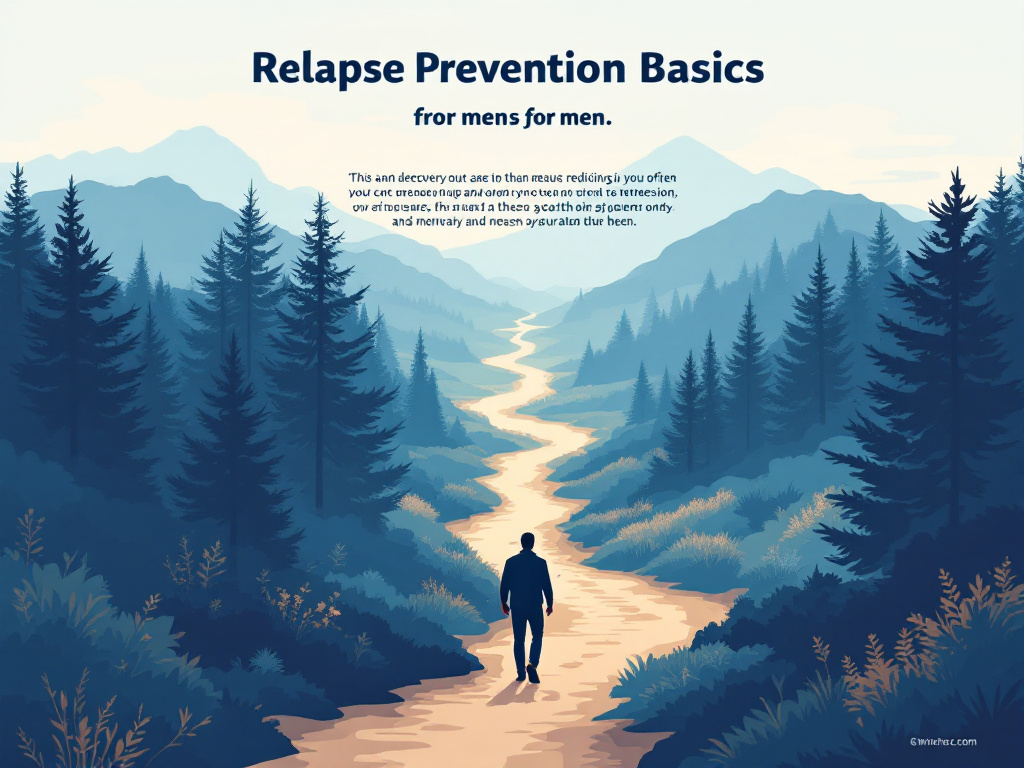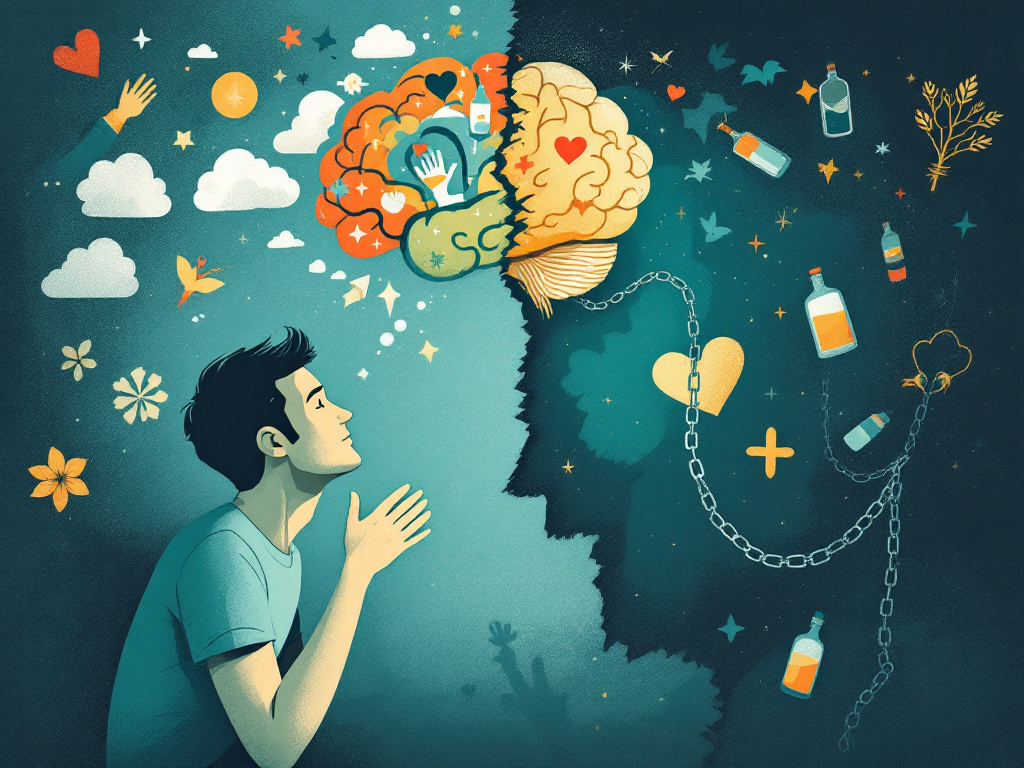Understanding Opioid Addiction
Overview of Opioid Use Disorder
Opioid use disorder (OUD) is a chronic condition characterized by the compulsive use of opioid drugs, leading to significant impairment or distress. We know that over 6.1 million people aged 12 or older are affected by OUD in the United States (FDA). In 2018, approximately 2 million individuals misused opioids, highlighting the widespread nature of this addiction.
The beginning of the opioid epidemic can be traced back to the 1990s when a surge in prescriptions for opioid medications led to widespread misuse. As the public became unaware of the addictive potential of these drugs for non-cancer pain, opioid prescriptions skyrocketed. This trend has had dire consequences, as many have transitioned from using prescription opioids to illicit substances like heroin.
Impact of Opioid Epidemic in the US
The U.S. declared the opioid crisis a public health emergency in 2017 due to alarming statistics surrounding opioid misuse and overdose fatalities. The National Institute on Drug Abuse reported that over 42,000 deaths were attributed to opioid overdoses in 2016 alone. Since 1999, opioid overdose deaths have surpassed 350,000, reflecting a crisis that has only escalated over time (PubMed Central).
This epidemic is further compounded by the fact that many overdose deaths occur in conjunction with other substances, including alcohol, cocaine, and benzodiazepines; nearly half of opioid overdoses also involve fentanyl, a powerful synthetic opioid. This shift in opioid use—from prescription drugs to more illicit forms—has led us to confront a new generation of individuals struggling with OUD.
Overall, the statistics reveal a pressing need for effective opioid addiction treatment, as the societal impacts are profound, affecting individuals, families, and communities across the nation. To address this crisis, Recovery Bay Center is dedicated to providing comprehensive and high-quality care tailored to the needs of those battling opioid addiction. We believe that with the right treatment and support, recovery is not only possible but achievable.
FDA-Approved Medications for OUD
We understand that effectively treating opioid use disorder (OUD) requires the right medications. There are three FDA-approved medications that have shown to be both safe and effective in helping individuals overcome this challenging addiction. They are buprenorphine, methadone, and naltrexone.
Buprenorphine for Treatment
Buprenorphine is a partial opioid agonist that helps alleviate withdrawal symptoms and cravings without producing the same high that full agonists do. It is safe and effective for managing OUD, allowing individuals to stabilize their lives while receiving treatment. Research indicates that buprenorphine can significantly reduce opioid use and the associated negative health outcomes.
| Feature | Buprenorphine |
|---|---|
| Type | Partial agonist |
| Administration | Office-based settings after training |
| Effectiveness | Reduces withdrawal symptoms and cravings |
| Retention Rate | Generally high |
Methadone for Recovery
Methadone has been the gold standard in OUD treatment since the 1960s. This full opioid agonist can effectively reduce illicit opioid use, and it has been shown to prevent HIV infection among those engaged in high-risk behaviors. Methadone can be administered in specialized treatment facilities, ensuring proper monitoring and support for individuals during their recovery journey.
| Feature | Methadone |
|---|---|
| Type | Full agonist |
| Administration | Specialized clinics |
| Effectiveness | Reduces illicit opioid use, prevents HIV |
| Retention Rate | Strong retention rates |
Naltrexone for Prevention
Naltrexone is an opioid antagonist that blocks the effects of opioids. It is used primarily to prevent relapse after an individual has detoxed from opioids. While naltrexone has benefits, it has higher dropout rates compared to buprenorphine and methadone, often due to difficulties in initiation and compliance. However, when utilized properly, it can be an important part of an integrated recovery plan.
| Feature | Naltrexone |
|---|---|
| Type | Opioid antagonist |
| Administration | Requires detox before initiation |
| Effectiveness | Blocks opioid effects, prevents relapse |
| Retention Rate | Lower than buprenorphine and methadone |
The importance of these medications cannot be overstated. They play a crucial role in our medication-assisted treatment programs, allowing us to offer the highest quality comprehensive drug treatment services. If you or a loved one is seeking inpatient drug rehab or private residential rehab, we encourage you to consider how these FDA-approved options can aid in the recovery journey.
Success in Opioid Addiction Treatment
The success of opioid addiction treatment can be measured through various outcomes, particularly for adolescents and adults. We recognize the importance of structured support and individualized plans to ensure the best possible recovery for those facing the challenges of opioid use disorder.
Treatment Outcomes for Adolescents
Treatment outcomes for adolescents undergoing opioid addiction treatment are promising. Research indicates that 62% of adolescents reported they no longer used any substances 3 to 12 months after treatment. Additionally, 87% avoided the use of new drugs during this period. These positive outcomes are complemented by improvements in personal relationships, academic performance, and school attendance (Addiction Rehab Centers).
| Outcome Metric | Percentage |
|---|---|
| No substance use | 62% |
| Avoided new drugs | 87% |
| Improved relationships | N/A |
| Improved grades | N/A |
| Improved attendance | N/A |
Treatment Outcomes for Adults
For adults receiving treatment for opioid addiction, the results are equally encouraging. An impressive 85% reported not engaging in regular substance use within 3 to 12 months following their treatment. Furthermore, 94% indicated enhanced parenting skills, while 93% reported no involvement in criminal activity since completing their recovery program (Addiction Rehab Centers).
| Outcome Metric | Percentage |
|---|---|
| No regular substance use | 85% |
| Improved parenting skills | 94% |
| No criminal activity post-treatment | 93% |
Importance of Individualized Discharge Plans
The role of individualized discharge plans in opioid addiction recovery cannot be overstated. These plans often include components such as regular attendance at 12-Step program meetings, the establishment of a sponsor, and addressing ongoing medical issues. Personalized discharge plans significantly increase the chances of successful long-term recovery, providing a solid foundation for building a supportive network (Addiction Rehab Centers).
In our commitment to providing comprehensive drug and mental health care, we emphasize the necessity of tailoring recovery strategies to meet individual needs. Implementing individualized discharge plans supports our clients in maintaining their sobriety and achieving a fulfilling life.
Our efforts at Recovery Bay Center focus on delivering the highest quality of comprehensive care, ensuring that both adolescents and adults receive the support necessary for lasting recovery from opioid addiction. We invite you to explore our various programs, including medication-assisted treatment and counseling options, as we work together towards successful outcomes.
Challenges in Opioid Addiction Treatment
Effective treatment for opioid addiction involves overcoming various challenges. These obstacles can impact the success rates of treatment programs and influence the long-term outcomes for individuals in recovery.
Current State of Outcomes Reporting
The current landscape of outcomes reporting in the addiction treatment sector in the U.S. lacks comprehensive measurements. This deficiency hinders the assessment of treatment quality and resource allocation compared to other countries. There is a pressing need for a standardized approach to evaluate outcomes in studies focusing on Medications for Opioid Use Disorder (MOUD). Without standardization, comparability between studies is diminished, and findings cannot be easily generalized.
Creating a standard for opioid treatment outcomes would enhance the understanding of which treatments are most effective and allow for improvements in care for those suffering from opioid use disorder. Below is a summary of the current state of outcomes reporting:
| Reporting Aspect | Current Status |
|---|---|
| Measurement Comprehensiveness | Lacking |
| Standardization | Absent |
| Comparability of Studies | Difficult |
| Informing Clinicians | Limited |
Factors Affecting Treatment Success
Several factors play a critical role in determining the success of opioid addiction treatment. These factors can vary widely among individuals and may include:
-
Individual Patient Characteristics: Genetic predispositions, mental health status, and personal history of substance use can all affect treatment responses.
-
Type of Treatment: The effectiveness of different treatment modalities, such as medication-assisted treatment (MAT) versus behavioral therapies, can influence outcomes. For instance, among studies on MOUD, buprenorphine is frequently highlighted as a common treatment option, followed by naltrexone and methadone (National Center for Biotechnology Information).
-
Assessment Methods: The consistency of how outcomes are measured also impacts treatment success. While self-reports combined with urine drug tests are commonly used, the variability in testing frequency and methods (e.g., hair sample testing) can lead to discrepancies in results (National Center for Biotechnology Information).
Overall, addressing both the current state of outcomes reporting and the factors influencing treatment success is essential for improving opioid addiction treatment protocols. We are committed to navigating these challenges at Recovery Bay Center, ensuring that our approach is as effective and personalized as possible. For more information on our treatment options, including medication-assisted treatment and residential addiction treatment, feel free to explore further.
Medication-Assisted Treatment for OUD
Medication-assisted treatment (MAT) plays a crucial role in addressing opioid use disorder (OUD) effectively. At Recovery Bay Center, we focus on integrating FDA-approved medications with counseling and comprehensive support to help individuals on their path to recovery.
Role of FDA-Approved Medications
The most effective approach for treating OUD involves the use of U.S. Food and Drug Administration (FDA) approved medications. Currently, there are three key medications used in MAT: methadone, buprenorphine, and naltrexone. Methadone, the gold standard since the 1960s, reduces illicit opioid use and helps prevent HIV infection. Buprenorphine is a safer option that eases cravings and withdrawal symptoms without producing intense euphoria. Naltrexone, while effective in preventing relapse, has high dropout rates due to difficulties in initiation.
| Medication | Type | Retention Rates | Description |
|---|---|---|---|
| Methadone | Opioid | High | Activates mu-opioid receptors slowly, reducing cravings. Available only through approved programs. |
| Buprenorphine | Opioid | Moderate to High | Reduces cravings and withdrawal without intense pleasure; accessible via trained healthcare providers. |
| Naltrexone | Antagonist | Low | Blocks opioid receptors; requires opioid-free status for 7-10 days before starting treatment. |
Benefits of Medication-Assisted Treatment
MAT combines pharmacological treatment with behavioral therapy and counseling, providing a holistic approach to recovery. The benefits of using MAT include:
- Increased Accessibility: Medications like buprenorphine can be prescribed in office-based settings, improving access for many individuals seeking help.
- Enhanced Retention Rates: Medications such as methadone and buprenorphine show stronger retention rates compared to non-medicated approaches, helping to keep individuals engaged in treatment.
- Reduction of Withdrawal Symptoms: Medications alleviate physical withdrawal symptoms, making the detoxification process more manageable and comfortable.
- Support for Dual Diagnosis: MAT can be effectively integrated into programs that address co-occurring mental health issues, as seen in our dual diagnosis treatment.
Overcoming Challenges in Treatment Retention
While MAT is effective, challenges remain in ensuring long-term treatment retention. We recognize several factors that can impact the success of maintenance treatments:
- Complexity of Initiation: Starting medications like naltrexone can be complicated, leading to higher dropout rates. Education and support during the initiation phase are vital.
- Stigma and Cultural Barriers: Many individuals face stigma regarding medication use in addiction treatment. Building a supportive environment is essential for engagement.
- Need for Comprehensive Support: Even with effective medications, ongoing support through counseling and therapy is crucial. At Recovery Bay Center, we prioritize individual therapy and group programs to enhance recovery outcomes.
By addressing medication assistance, along with the accompanying challenges, we create a robust foundation for those embarking on their journey to overcome opioid addiction. For individuals seeking high-quality treatment, our commitment to comprehensive care at Recovery Bay Center makes us a desirable choice.
Counseling for Opioid Addiction Recovery
Importance of Counseling in Treatment
Counseling is a fundamental aspect of opioid addiction treatment. It serves as a vital source of support and guidance for individuals dealing with opioid use disorder (OUD). As we focus on recovery, it is essential to recognize how counseling enhances the effectiveness of medication-assisted treatment (MAT), such as buprenorphine, methadone, or naltrexone. By addressing the challenges and consequences associated with addiction, counseling fosters a supportive environment that improves treatment outcomes. Regular communication between patients and providers allows for the maximization of medication benefits and psychosocial support, ultimately facilitating lasting recovery (NCBI Bookshelf).
Strategies in Addiction Counseling
In addiction counseling, various strategies are employed to help individuals transform their relationship with opioids. Here are some focal points of effective counseling:
- Identifying Negative Behaviors: Counselors assist clients in recognizing harmful thoughts and behaviors linked to substance misuse. This awareness helps individuals modify their perceptions of opioids and promotes healthier decision-making (BAART Programs).
- Coping Skills Development: Clients are equipped with tools to manage stress and pain in ways that do not involve substance use. Learning to cope effectively is a crucial piece of the recovery puzzle as it aids individuals in navigating life’s challenges without reverting to opioids.
- Rebuilding Relationships: Counseling emphasizes the importance of healing and strengthening connections with family and friends. By providing strategies for repairing relationships, counselors assist clients in creating a support network crucial for sustained recovery (BAART Programs).
Building Trust with Addiction Counselors
Establishing trust between clients and addiction counselors is vital for successful recovery. In our treatment approach, we prioritize creating a safe and confidential space where individuals feel comfortable sharing their experiences without fear of judgment. Trust is built through:
- Consistent Communication: Regular, open dialogues between clients and counselors allow individuals to discuss their progress, setbacks, and concerns freely.
- Empathy and Understanding: Counselors who demonstrate empathy foster a non-judgmental environment, encouraging clients to express their feelings and experiences more openly.
- Collaborative Goal Setting: Involving clients in the goal-setting process empowers them and helps establish a sense of ownership over their recovery journey.
By prioritizing these elements, we ensure that our clients receive the highest quality care, ultimately leading to increased success in opioid addiction treatment. For more information on our comprehensive approach, explore our medication-assisted treatment.





